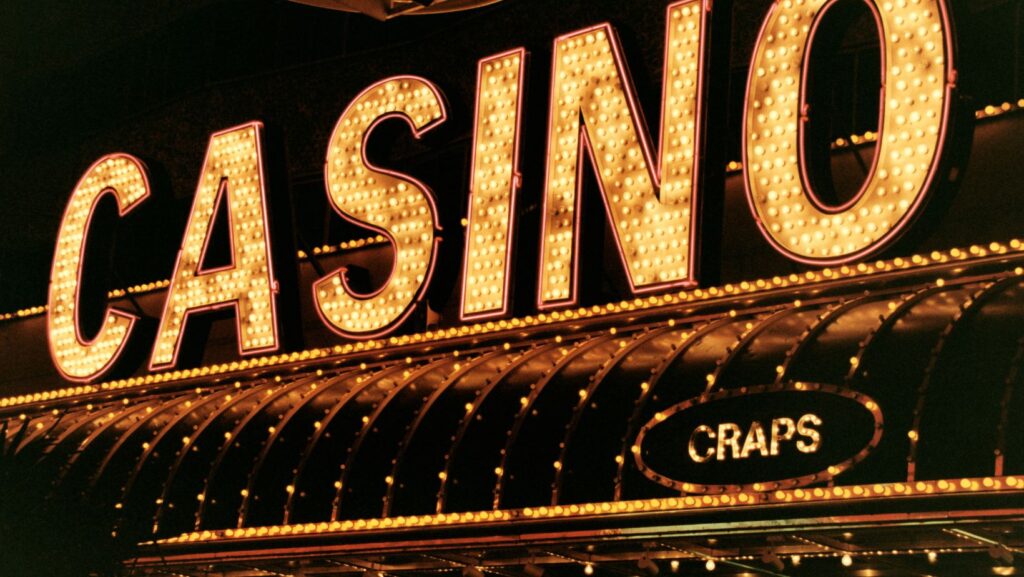Every slot info screen shows two numbers: RTP and volatility. Most players glance at RTP, see “96%,” and assume it’s a good game. Then they burn through €100 in twenty minutes and wonder what went wrong.
Here’s what I learned after tracking both metrics across hundreds of sessions: RTP tells you the long-term average, but volatility determines what actually happens to your money today. And for most players, volatility matters way more than they realize.
Testing these concepts requires platforms with diverse slot libraries. Casino Monopoly operates with hundreds of titles spanning all volatility levels offering up to €50 + 200 free spins welcome bonus—their collection includes low-volatility classics, medium-variance hits like Elvis Frog in Vegas and Buffalo Trail, plus high-volatility games like Fire in the Hole xBomb and Nitropolis series, making it ideal for comparing how RTP and volatility affect the same bankroll across different game types.
What RTP Actually Means (And Doesn’t Mean)
RTP stands for Return to Player. A 96% RTP means the slot returns €96 for every €100 wagered—but only across millions of spins. Not your session. Not even your month of playing.
I once played a 97% RTP slot and lost €80 in thirty minutes. Then switched to a 94% RTP game and played for two hours on the same budget. The difference? Volatility.
The RTP trap: High RTP sounds better, but it doesn’t promise anything about your individual session. You could lose faster on a 98% RTP slot than a 94% one if the volatility doesn’t match your bankroll.
Volatility: The Number That Actually Affects Your Bankroll
Volatility (sometimes called variance) describes how a slot pays. Low volatility means frequent small wins. High volatility means rare big wins with long dry streaks between them.
Here’s what happened when I tested three slots with similar RTP but different volatility:
Low volatility (96.2% RTP): €50 lasted 90 minutes. Lots of small wins. Never up much, never down much. Steady and predictable.
Medium volatility (96.5% RTP): €50 lasted 45 minutes. Some decent wins, some cold streaks. More exciting but less predictable.
High volatility (96.1% RTP): €50 gone in 15 minutes—then I hit a €200 win on a bonus round. Brutal swings.
All three had basically the same RTP. Completely different experiences.
How to Match Volatility to Your Playing Style
The wrong volatility choice kills your session before RTP even matters. Here’s how I pick based on what I actually want from the session.
Small bankroll (€20-50): Low to medium volatility only. High volatility slots will eat this in minutes unless you get lucky immediately. I stick to games that pay frequently enough to stretch the money.
Looking for entertainment, not big wins: Low volatility. These games keep you in action. You won’t win huge, but you won’t bust out fast either. Good for killing time without stress.
Chasing a big hit: High volatility, but only with a bankroll that can survive 100+ dead spins. I set aside money I’m okay losing completely, because that’s often what happens before the big win arrives.
Balanced session: Medium volatility hits the sweet spot. Enough action to stay engaged, enough win potential to get excited. This is where I spend most of my time now.
The RTP Threshold That Actually Matters
After testing dozens of slots, I found the practical RTP threshold: anything above 95.5% is fine. The difference between 96% and 97% is negligible in real play.
Below 95%? I usually skip it unless the game has something special. Not because the math is terrible, but because better options exist.
Exception: Jackpot slots often have lower RTP (92-94%) because part of each bet funds the progressive pool. If you’re chasing jackpots, lower RTP is expected. Just know what you’re trading.
Real Example: Why I Stopped Playing a 98% RTP Slot
I found a slot with 98% RTP and thought I’d hit gold. Played it for three sessions. Lost every time.

The problem? Extremely high volatility with a bonus round that triggered once every 300+ spins. Great RTP in theory, terrible experience in practice. My bankroll couldn’t survive long enough to see that theoretical return.
Switched to a 96% RTP game with medium volatility. Played longer, enjoyed it more, and actually ended some sessions ahead. Lower RTP on paper, better results in reality.
How to Find This Info Before You Play
Most slots don’t advertise volatility as clearly as RTP. Here’s how I check before depositing:
Check the paytable: If the top win is 500x bet or less, it’s probably low volatility. If it’s 5,000x or higher, expect high volatility.
Read reviews: Other players usually mention if a game is brutal or steady. I look for phrases like “eats money fast” (high volatility) or “grinds along” (low volatility).
Test in demo mode: Exploring options through pg slot free demos revealed volatility patterns faster than reading specs—twenty minutes testing PG Soft’s collection showed which games paid frequently versus which required patience for bonus rounds, helping match volatility to bankroll before risking real money.
Watch the first 50 spins: If you’re getting frequent small wins, it’s probably low volatility. Long stretches of nothing? High volatility.
The Bottom Line
RTP matters for the casino’s long-term profit, not your individual session. Volatility matters for your bankroll right now.
Pick slots based on how you want the session to feel, not just the RTP number. Match volatility to your budget and goals. That’s what actually determines whether you have a good time or bust out in ten minutes wondering what happened.


